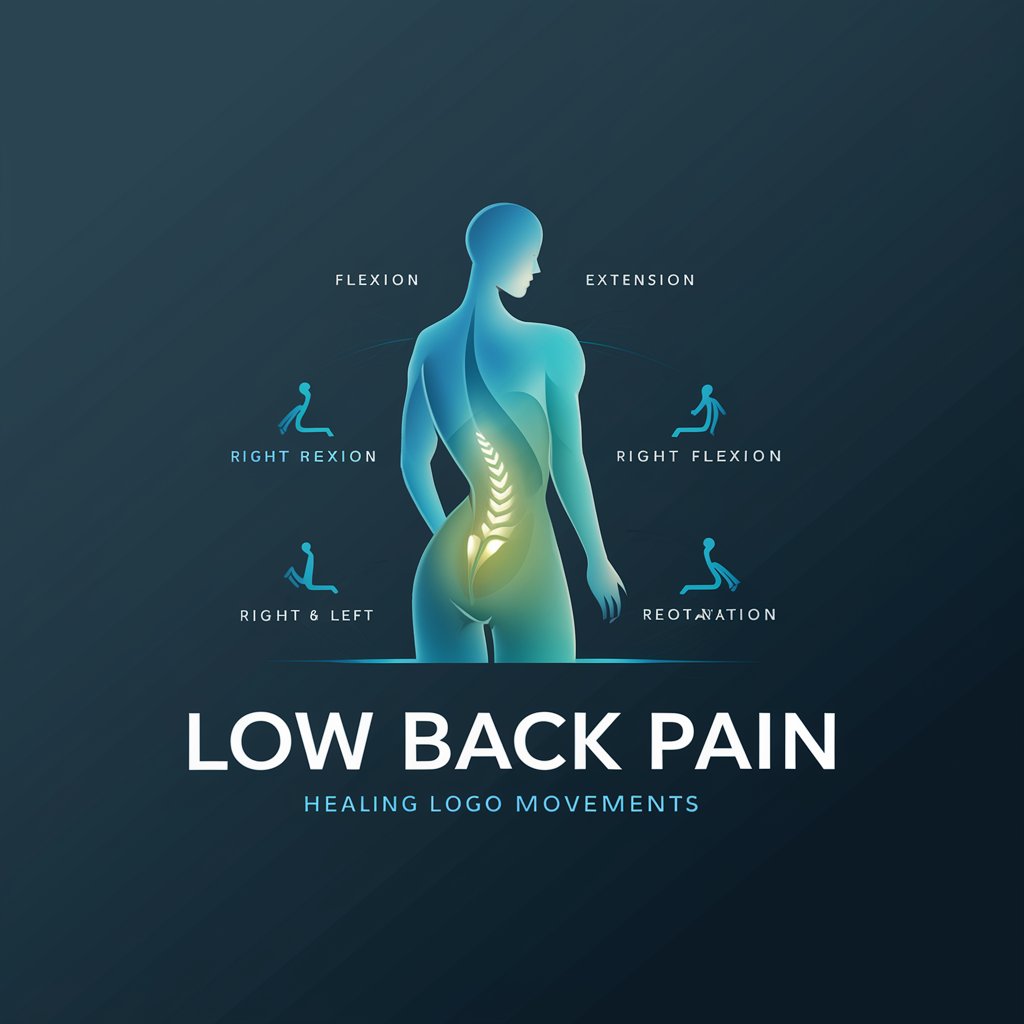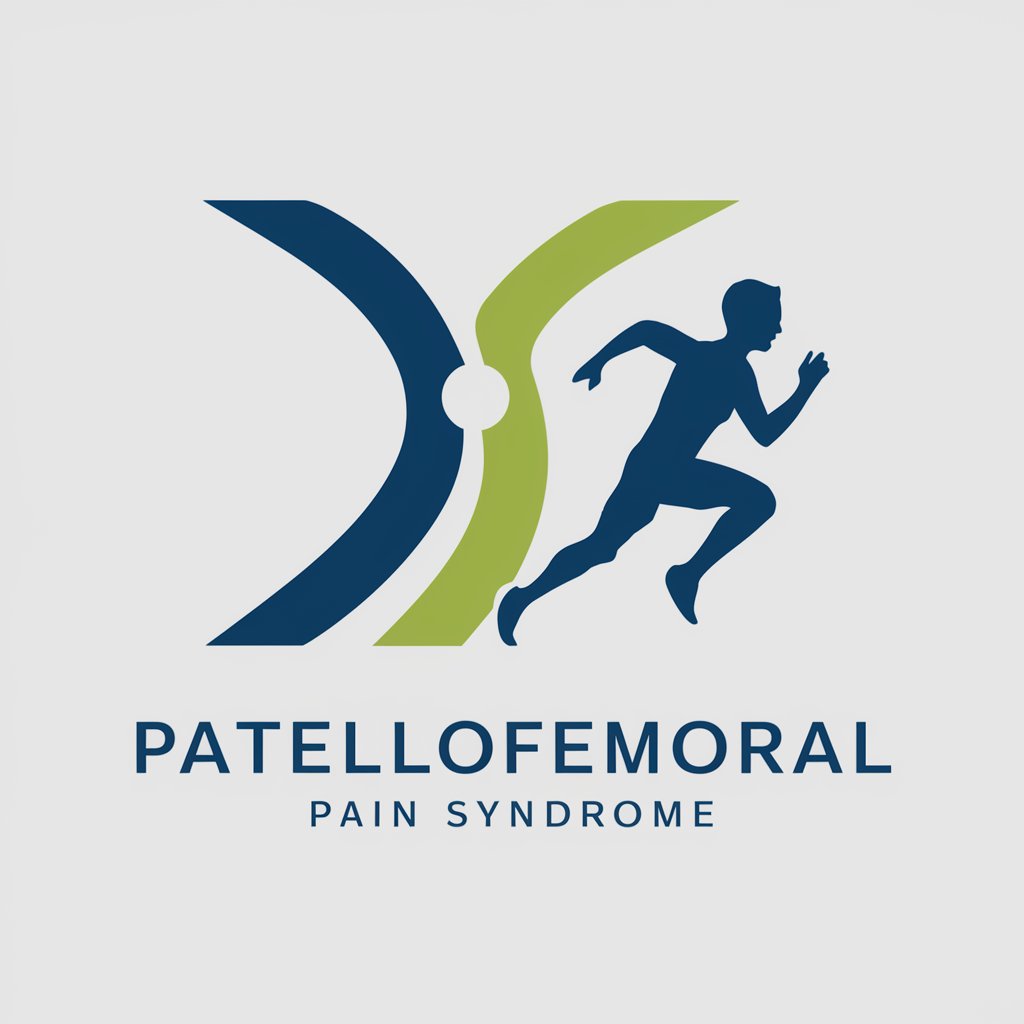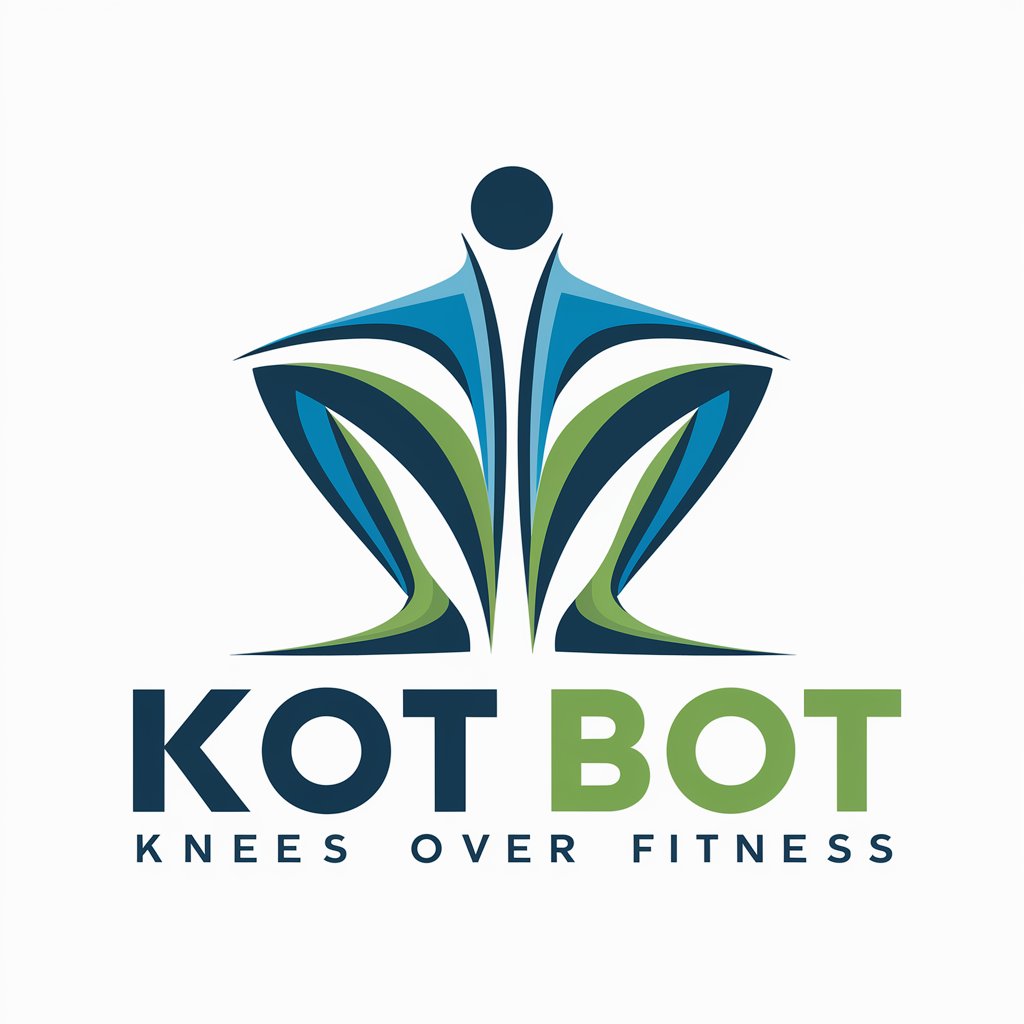
Knee pain - Knee Pain Management Tips

Welcome! Let's tackle your knee pain together.
Empowering Your Journey Towards Knee Health
What are common causes of knee pain?
Can you suggest some effective quadricep strengthening exercises?
When should someone seek medical attention for knee pain?
What are some tips for relieving knee pain at home?
Get Embed Code
Introduction to Knee Pain GPT
Knee Pain GPT is designed to be a comprehensive assistant for individuals experiencing knee discomfort or seeking to understand and prevent knee-related issues. Its core functionality revolves around offering insights into the common causes of knee pain, providing suggestions for relief, and guiding users on when to seek medical attention. This GPT emphasizes the importance of quadriceps strengthening exercises, acknowledging their crucial role in maintaining knee health. By leveraging up-to-date research and practical advice, Knee Pain GPT aims to educate users on effective strategies for knee care, encompassing a wide range of scenarios from sports injuries to chronic conditions like osteoarthritis. Powered by ChatGPT-4o。

Main Functions of Knee Pain GPT
Educational Insights
Example
Explaining the anatomy of the knee, common knee injuries (e.g., ACL tears, meniscus injuries), and degenerative conditions (e.g., osteoarthritis).
Scenario
A user experiencing unfamiliar knee pain can learn about potential causes and understand how certain activities or underlying conditions may contribute to their symptoms.
Preventive Advice
Example
Providing tips on exercises that strengthen the quadriceps, advice on proper footwear, and how to maintain a healthy weight to reduce knee stress.
Scenario
An individual looking to start a new exercise regimen receives guidance on how to protect their knees during activities, potentially preventing future injuries.
Pain Management Strategies
Example
Offering suggestions on rest, ice, compression, elevation (RICE), over-the-counter pain relievers, and when to consider physical therapy.
Scenario
Someone recovering from a minor knee injury gets detailed advice on immediate steps to take for reducing pain and swelling, along with long-term rehabilitation strategies.
Guidance on Seeking Medical Help
Example
Identifying signs that indicate the need for professional medical evaluation, such as persistent pain, inability to bear weight, or visible deformities.
Scenario
A user concerned about their knee pain's severity receives information on symptoms that warrant a visit to a healthcare provider, helping them make an informed decision about their health.
Ideal Users of Knee Pain Services
Individuals with Acute Knee Injuries
People who have recently experienced knee injuries, such as sprains, ligament tears, or fractures, seeking immediate advice on pain management and the next steps toward recovery.
Athletes and Physically Active Individuals
Athletes or anyone engaging in regular physical activity looking for ways to prevent knee injuries, optimize performance, and ensure long-term knee health through targeted exercises and practices.
Persons with Chronic Knee Conditions
Individuals suffering from chronic knee conditions such as osteoarthritis or rheumatoid arthritis who are in search of strategies to manage pain, improve mobility, and enhance quality of life.
General Health Enthusiasts
People interested in maintaining overall knee health and preventing future issues through exercise, weight management, and an understanding of knee anatomy and function.

How to Utilize 'Knee Pain'
Initiate Your Journey
Start by accessing yeschat.ai for an obligation-free trial, requiring no login or subscription to ChatGPT Plus.
Identify Your Needs
Determine the specific aspects of knee pain you're seeking assistance with, whether it's understanding causes, exploring management strategies, or learning exercises.
Interact Thoughtfully
Engage with 'Knee Pain' by asking specific, detailed questions to obtain the most relevant and comprehensive information.
Apply Suggestions
Implement the recommended strategies and exercises provided, noting any changes in your condition.
Seek Professional Advice
Consider consulting a healthcare professional for a personalized assessment and treatment plan, especially if symptoms persist or worsen.
Try other advanced and practical GPTs
Shoulder pain
AI-Powered Shoulder Pain Management
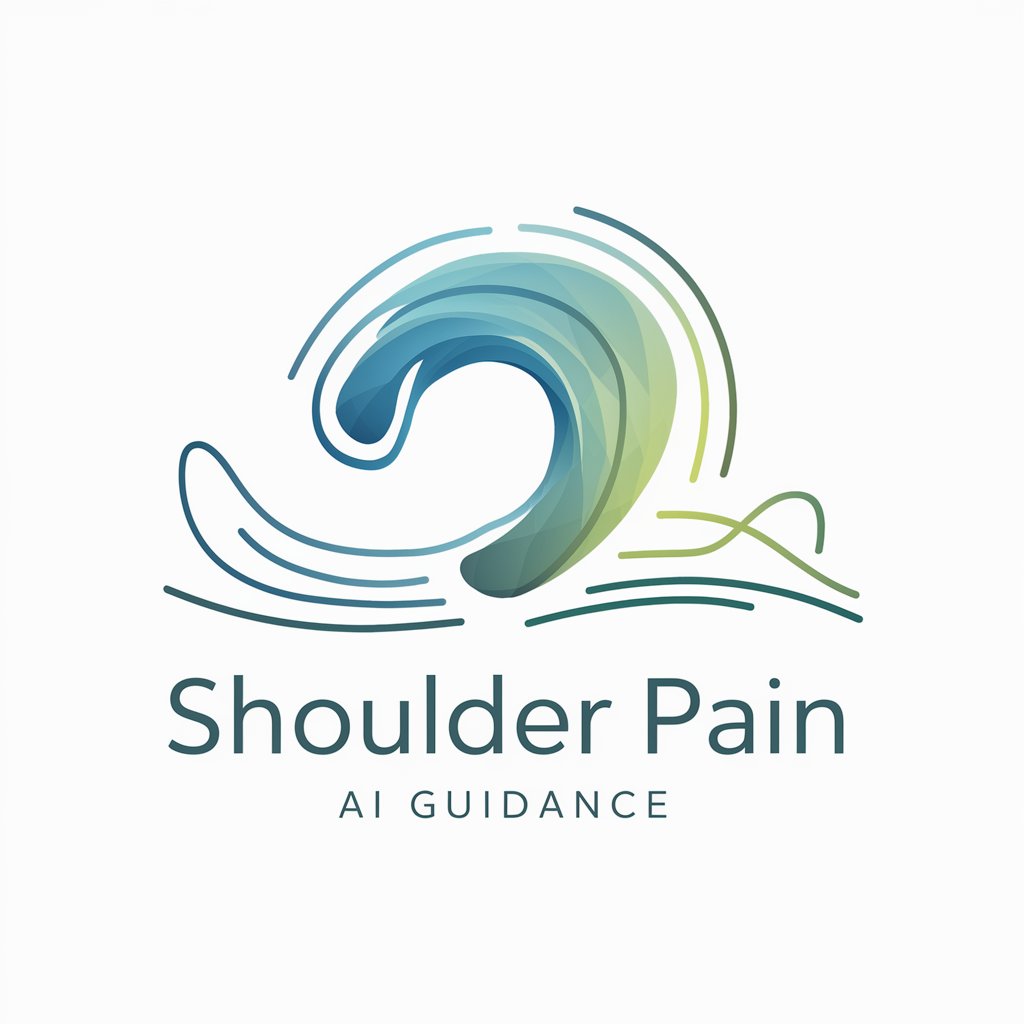
Pain Prodigy
Empowering pain management with AI-driven insights.

Patellofemoral Pain Syndrome.
AI-powered knee health advisor

Lean Mentor
Empowering Lean Excellence with AI

Lean Canvas
Simplify Your Business Model with AI

Lean Sensei
AI-Powered Lean Methodology Expert
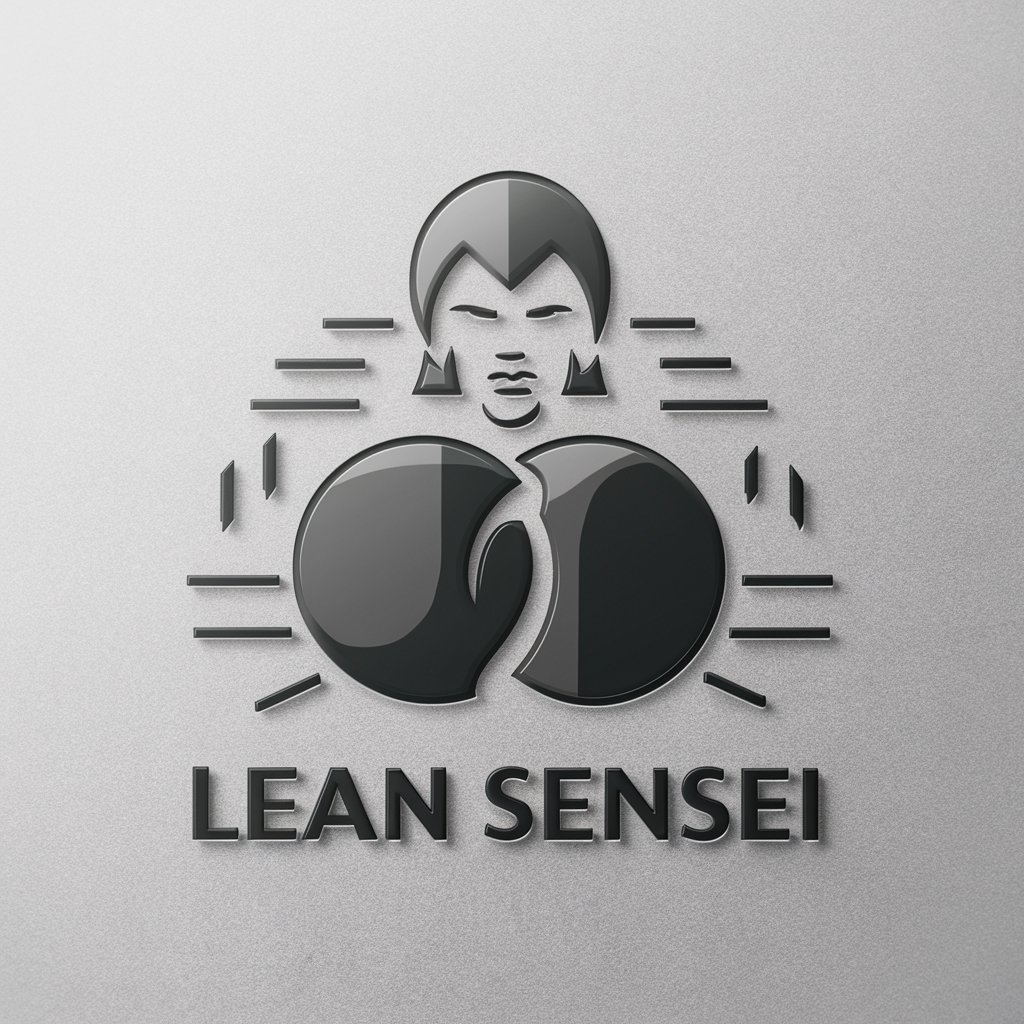
Back Pain
AI-Powered Back Pain Relief Solutions
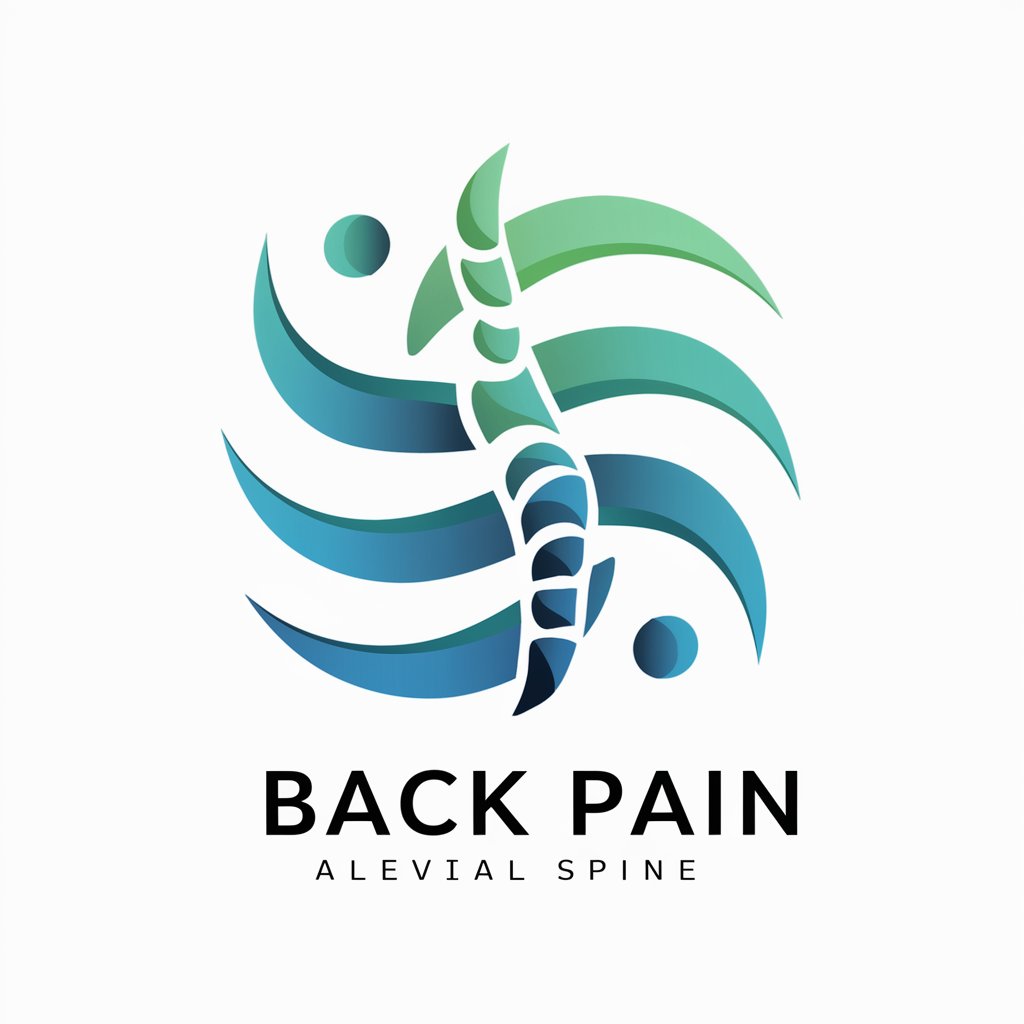
Small Business Guide
Empowering real estate with AI insights

Small Business GPT
Empowering Small Businesses with AI

Small Business Marketing Master
Empowering Small Businesses with AI-Driven Marketing

Small Business AI Consultant
Empowering Your Business with AI

Campaign Crafter
Unleash creativity with AI-driven campaigns

Frequently Asked Questions about 'Knee Pain'
What causes knee pain?
Knee pain can result from a variety of factors including injuries (like ACL tears), conditions (such as arthritis), overuse, and weaknesses in surrounding muscles.
How can I relieve knee pain at home?
Home remedies include rest, ice, compression, elevation (RICE), over-the-counter pain relievers, and strengthening exercises, particularly for the quadriceps.
Are there any exercises to prevent knee pain?
Yes, focusing on exercises that strengthen the quadriceps, hamstrings, and calves can help support the knee joint and prevent pain.
When should I see a doctor for knee pain?
Seek medical attention if your knee pain is severe, associated with swelling, redness, or warmth, or if it persists despite home care.
Can knee pain be a sign of something serious?
While often knee pain is due to manageable conditions or injuries, it can sometimes indicate more serious issues like deep vein thrombosis or osteoarthritis.
